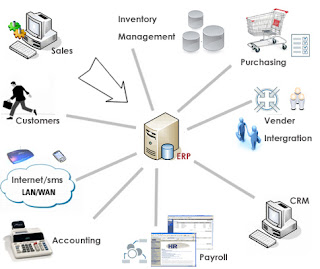Sendmail configuration files
All sendmail related configuration files have to be put in /etc/mail directory.
1)/etc/mail/access
It specifies what hosts or IP addresses have access to the local mail server and what kind of access(OK, REJECT,RELAY) they have.
OK - allowed to send mail to the host as long as mail's final destination is the local machine.
REJECT - reject for all mail connections
RELAY - allowed to send mail for any destination through this server.
e.g.
cyberterror.com 550 we dont expect mail from you
a.source.of.spam REJECT
cyberspammer.com OK
128.32 RELAY
2)etc/mail/aliases
This database contains a list of virtual mailboxes that are expanded to other user(s), files, programs or other aliases.
e.g
root: ajantha
webmaster:kamal,lal
customers: :include: /etc/mail/lists/customer-list
The last alias causes how to keep a list of users for an aliases in an external file.
3)/etc/mail/local-host-names
Consist list of host names that sendmail is to accept as the local mail host. if the mail server was to accept mail for the domains cmb.ac.lk and ucsc.cmb.ac.lk the above file will contain:
cmb.ac.lk
ucsc.cmb.ac.lk
4)/etc/mail/sendmail.cf
It controls the overall behavior of sendmail. The master sendmail configuration file can be built from m4 macros.
5)/etc/mail/virtusertable
This maps email addressse for virtual domains and mailboxes to real mail boxes. The mail boxes can be local, remote, aliases defined.
e.g
info@msc.cmb.ac.lk ajantha
info@bit.cmb.ac.lk saman














